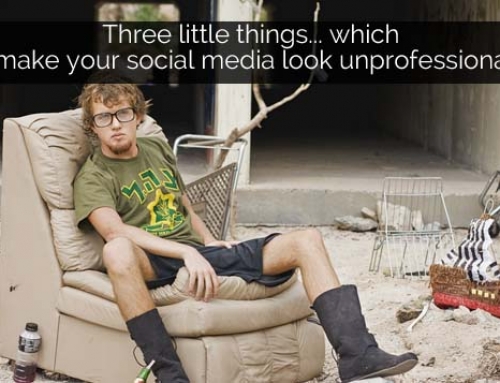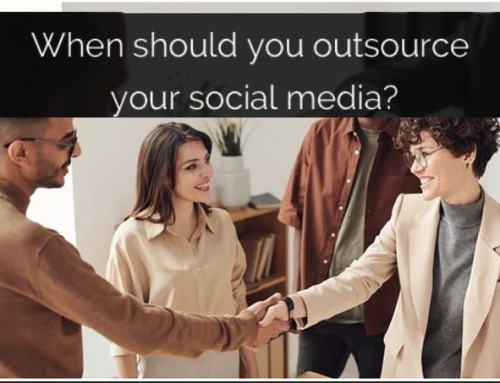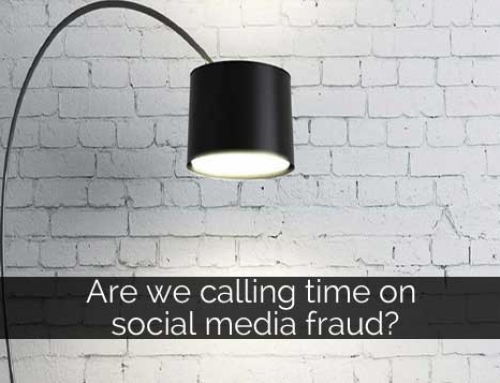It’s that time on a Thursday afternoon where we all need to stop for a good cuppa. I’m going to spend mine talking here about a discussion we often have in the office – the current state of social media marketing, and what’s changed over the last few months. Do read the below accompanied by the beverage of your choice!
Where are we at with Social?
Well, things have definitely changed in the last six months or so. One of the major trends we’re seeing is organisations (charities and medium-sized businesses especially) finding that “get to grips with Social Media” has finally found its way to the top of the “To Do” list, and many of them feel like they’re playing a big game of catchup.
We don’t think that, in actual fact, they are; while most organisations seem to be beyond the “I need a Facebook” stage now, there are many who are still taking baby steps with even the basics. Things like knowing who their audience is on a given platform, and putting out content which is appropriate and valuable to that audience in anything approaching a consistent way. Any organisation prepared to give serious thought to their social media strategy and execution can leapfrog over those who’ve been dabbling for a while, with relative ease.
The beginnings of a shift in tone
What is really interesting though, is the way that the potential of the social media environment is still coming out of the mists. There’s still massive misunderstanding about how social media works in large sections of the population, often flowing from the mainstream media.
[jbox title=”Diversion alert….”] My current favourite is collecting stories of people who’ve allegedly been burgled “because of Facebook”. Nope, they got burgled because either a) they don’t know how to work their privacy settings before announcing they’re off on holiday, b) they accept all and sundry as Friends, or c) – the most likely in my view – their friends are dodgy lowlifes who’d otherwise have found out they were away from someone in the pub, and burgled them anyway. None of this is Facebook’s fault, but the mainstream media just can’t resist).[/jbox]
That’s not the interesting part, though. Most of us, marketing managers included, are still coming to terms with the implications of informal, person-to-person interactions on a global, public scale – but we’re getting there.
Take last week’s reporting of the latest big brand hashtag hoohaa, the #waitrosereasons campaign. Waitrose kicked off a campaign asking customers why they shop there; predictably, the faction which makes Twitter so interesting responded by having some fun with Waitrose’s “upmarket” image. There were tweets involving unicorn feed and gold thread, and opening hours fitting around peasant-beating schedules.
Initially, the reports almost universally involved wailing and gnashing of teeth from marketers – even from many who are closely involved with the online world and should know better. But gradually, common sense returned and we started to see an alternative point of view being expressed. And rightly so.
Because here’s the thing: the way that campaign unfolded was completely appropriate for the social environment, and I’d be astonished if Waitrose’s marketing department hadn’t anticipated exactly that.
Yes, if someone had printed those comments in the Telegraph, it may have been a PR disaster. We have certain expectations of the broadsheet context, of seriousness and authority and a formal “brand personality” which is decided by the company itself.
In a social media environment, it really isn’t a disaster. It seems pretty unlikely to me that anyone out there was unaware of Waitrose’s “posh” reputation until they saw those tweets. The response from the Twitter community was playful and subversive. That’s how Twitter is.
I’m not in any way arguing that this was a genius campaign – it could definitely have been improved. Some wording which encouraged positive comment more than, to use a technical term, piss taking, would’ve been better. And the way that Waitrose responded was OK, but their social media team are no O2, that’s for sure. A little more in the way of personalised and humorous responses would have gone a long way. But hopefully, taking a little subversion in their stride is a sign that both brands and consumers are understanding the real differences of the social environment more and more. I don’t think we’ve really seen yet what capitalising on that can do.







[…] article originally appeared on Rose McGrory Social Media Management and has been republished with […]
The subversive and humourous potential of social media is fabulous but it can all too easily get out of hand. Remember Duncan Bannatyne’s twitter spat last year? It didn’t start well and ended worse as both participants forgot the twittersphere was reading and listening!
Being a plus size retailer we get to see a fair amount of prejudiced against larger people and it affects their confidence and undermines their self image. On a positive note we are quite encouraged by the amount of positivity that social media is bringing to topics like this.
So while Waitrose may or may not have been caught off guard it could have been a lot worse!